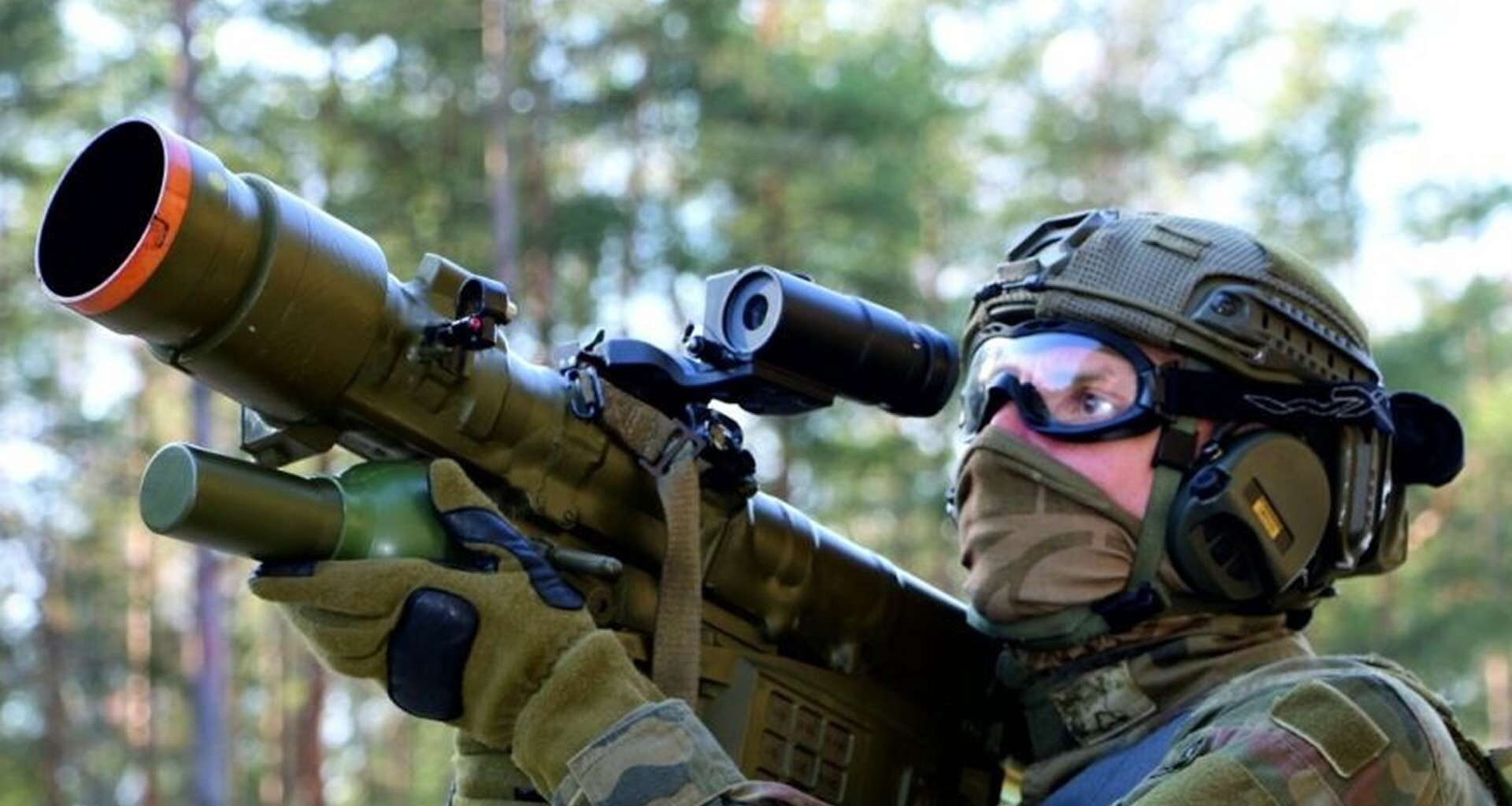On July 3, 2025, Poland’s MESKO S.A. secured Lithuanian contract for GROM MANPADS reinforcing regional air defence concept. As regional security tensions persist near NATO’s eastern flank, Lithuania has intensified its military modernization drive with a clear emphasis on short-range air defence capabilities. The €28M deal for GROM missiles represents not just another procurement but a strategic move to strengthen national and regional deterrence. This latest acquisition illustrates Lithuania’s determination to plug gaps in its layered air defence network, as reported by the Lithuanian Ministry of Defense.
Follow Army Recognition on Google News at this link
With the acquisition of the GROM MANPADS, Lithuania affirms its resolve to protect national airspace and reinforce NATO’s eastern defences with cost-effective yet potent solutions (Picture source: MESKO)
The GROM system, developed by Poland’s MESKO S.A., is a man-portable air defence system (MANPADS) engineered to counter low-flying threats such as helicopters, drones, and close air support aircraft. According to Army Recognition, the GROM missile uses a single-stage 72 mm solid-fuel rocket motor and an infrared homing seeker to lock onto targets, achieving speeds up to 650 m/s. Its operational envelope extends to 5.5 km in range and 3.5 km in altitude, with a 1.35 kg high-explosive warhead designed to neutralize aerial threats with precision.
Originally developed during the post-Cold War era, the GROM’s evolution reflects Poland’s ambition to achieve indigenous air defence capabilities comparable to Western counterparts like the American FIM-92 Stinger. MESKO S.A. has continuously refined the seeker and propulsion systems to keep pace with modern aerial threats, while operational deployment in both national service and export customers has validated its combat readiness. This steady progression underlines how Poland’s defence industry has transitioned from license production to advanced domestic design.
One of the key advantages of the GROM is its proven infrared guidance and ease of use by infantry units, giving frontline troops a credible anti-aircraft shield without the need for heavy platforms. Compared to older legacy systems in Eastern Europe, the GROM offers modern electronics and a robust warhead for higher kill probability. Its operational characteristics place it in a similar class to the Stinger, but with adaptations for regional conditions and budget constraints. For Lithuania, this means plugging a critical gap against low and slow aerial threats, especially unmanned systems.
Strategically, Lithuania’s procurement of the GROM must be viewed in the context of NATO’s collective defence posture. The system contributes to the deterrence mosaic along the Alliance’s eastern border, sending a signal that smaller states are investing in agile, layered air defence solutions. Regionally, the move deepens Lithuania’s defence industrial ties with Poland, fostering interoperability and resilience within the Baltic security architecture.
Valued at €28 million, the GROM contract underlines Lithuania’s ongoing prioritization of air defence spending despite wider fiscal pressures. MESKO S.A. secured the agreement as part of broader efforts by NATO members to increase local sourcing of critical systems. The GROM joins other recent Lithuanian procurements, including NASAMS and IRIS-T SLM batteries, showcasing a pragmatic approach to combining high-end and man-portable systems for a flexible response to evolving aerial threats. This purchase demonstrates yet another example of how Lithuania is prioritizing regional cooperation and collective procurement initiatives to maximise deterrence.
With the acquisition of the GROM MANPADS, Lithuania affirms its resolve to protect national airspace and reinforce NATO’s eastern defences with cost-effective yet potent solutions. The contract with Poland’s MESKO S.A. highlights how regional collaboration and layered air defence remain cornerstones of Baltic security in an era of renewed great-power competition.
